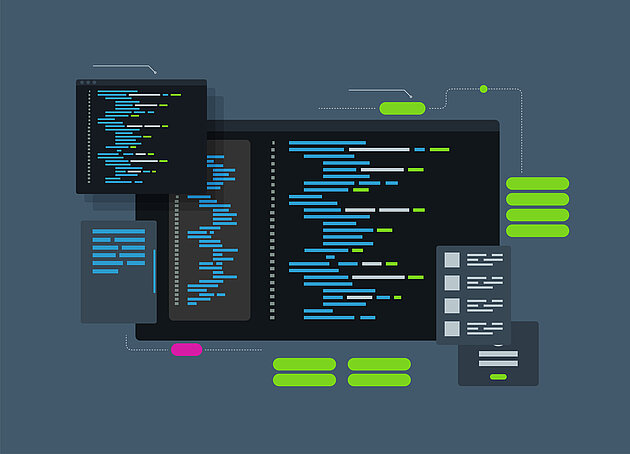Programming for the Behavioral Sciences

The course introduces programming tools that are used for collection and processing of behavioural data. In particular, it gives an introduction to Python programming. Python is a free, comprehensive and easy to learn programming language that is much more versatile than traditional tools used in the Humanities such as Excel. Python contains a large statistical library, and can be used together with many externally developed toolboxes (e.g., for the analysis of language corpora).
The course includes lectures and practical exercises. The first part of the course gives an introduction to basic concepts in Python. In the second part, you will define and solve a problem of your own using Python. The problem could (preferably should) be related to your own research or as a preparation for a project/course you are planning. Participants are required to hand in solutions to four practical exercises as well as hand in and present a final project.
The following topics will be covered in the course: Introduction to Python; Numpy arrays; Python programming; Defining functions; Basic graphics and plotting; Stimulus preparation; Working with images; Data collection with PsychoPy; Data import/export; Reading and writing data from files; Data analysis and statistical tools in Python.
The course is designed for students and researchers in the Humanities. No previous knowledge is required to participate.
For info and applications, contact marcus.nystromhumlab.luse.
